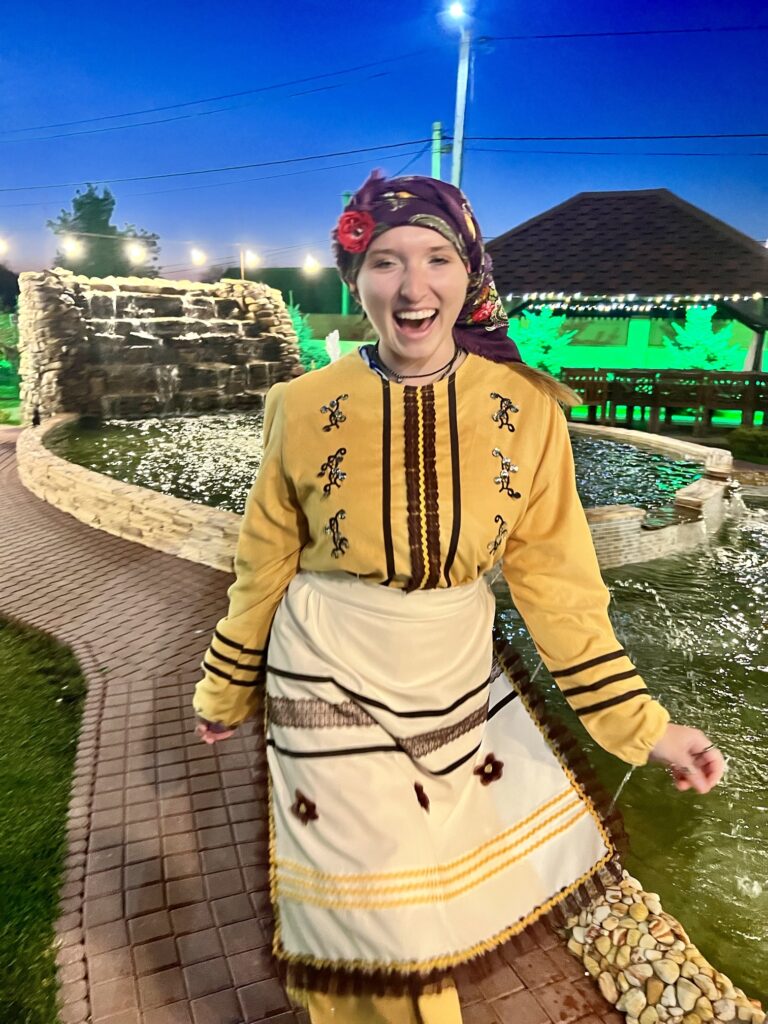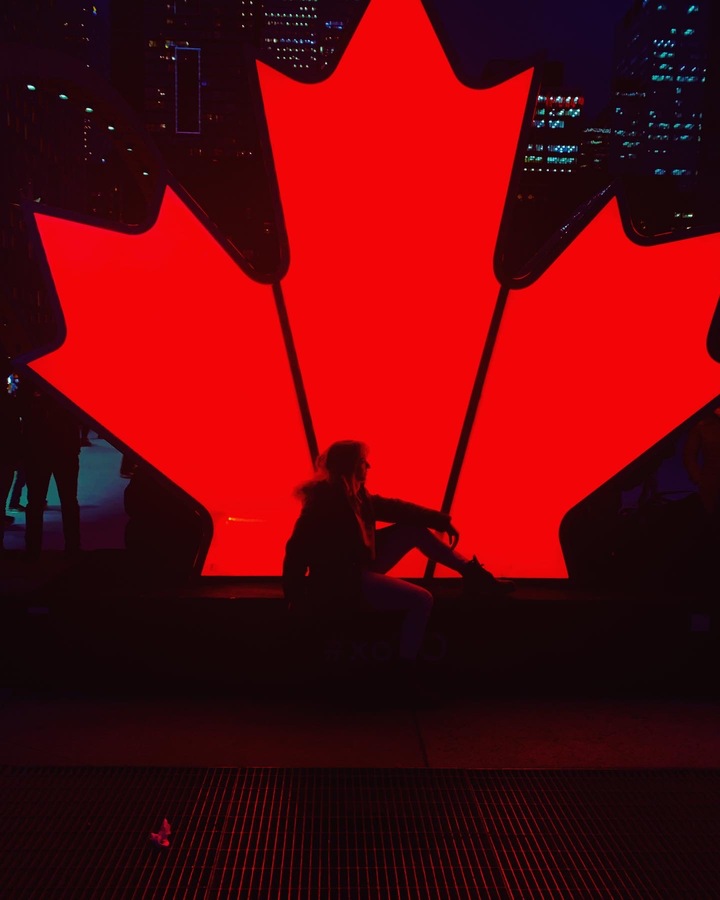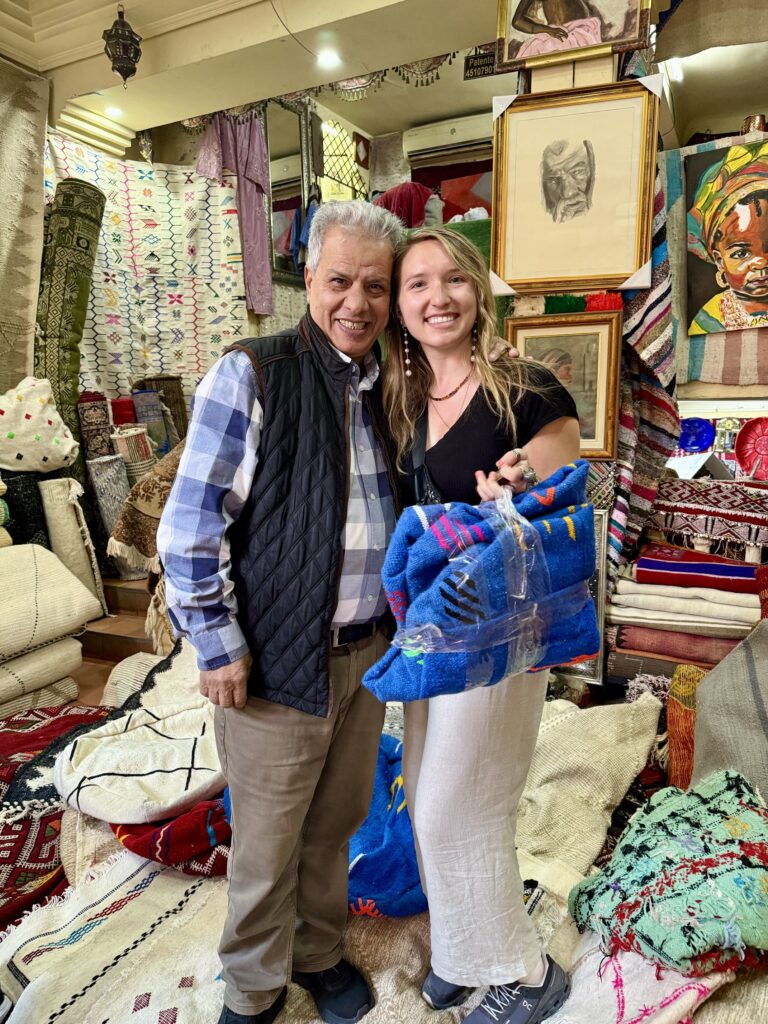
Moroccan Traditions: Celebrating Culture and Heritage
 April 25
April 25
 14 min read
14 min read
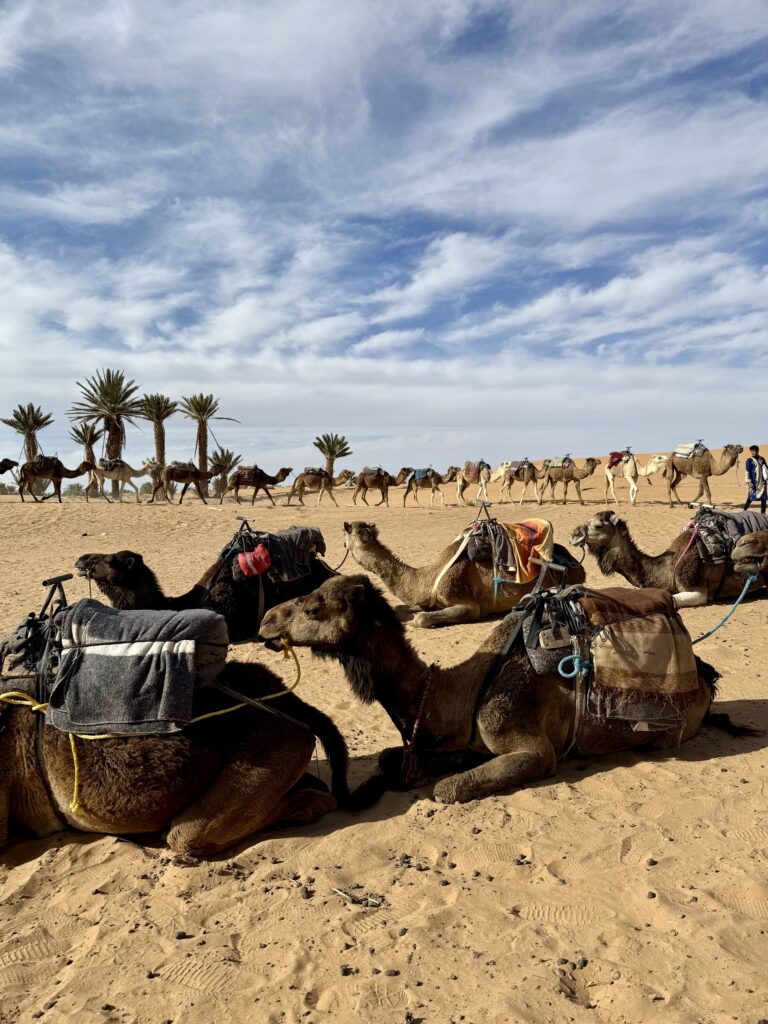
Moroccan Traditions- Key Highlights
- Discover a treasure trove of Moroccan traditions reflecting its rich history and cultural identity.
- Arabic and Amazigh (Berber) are the official languages of Morocco, with a variety of captivating dialects.
- Traditional Moroccan clothing and jewelry, such as caftans and Berber accessories, highlight the nation’s art and heritage.
- Moroccan cuisine, infused with unique spices like saffron and ras el hanout, is a feast for the senses.
- Festivals like Ramadan and the Marrakech International Film Festival celebrate Morocco’s diversity and vibrancy.
- Crafts, music, and art blend history with modern influences, drawing travelers from across the globe.
Introduction
Morocco is a land full of rich culture. Its identity is shaped by old traditions and new ideas. You can see this in the beautiful traditional dress and the fun celebrations during special occasions. This North African country connects Europe and Africa. You can find a mix of Berber, Arab, and Western influences everywhere. In Morocco, every street, home, and gathering shows a strong spirit of community and energy. It is a great place for anyone who wants to enjoy culture and tradition.
The Rich Tapestry of Moroccan Languages
Morocco has a rich mix of languages that shows its diverse history. Arabic and Amazigh (Berber) are the official languages of Morocco. Both of these languages are important for cultural identity. Arabic is widely spoken, especially in its Darija form. This dialect mixes in elements of Berber, French, and Spanish. Amazigh connects Moroccans to their roots.
This rich language diversity reflects how Morocco embraces its past while moving into the future. In cities, French often acts as a common language. Meanwhile, Spanish and English are becoming more popular as second languages. This combination of languages makes Morocco an exciting destination for travelers who want to experience different cultures and communicate well with the local people.
Arabic and its Regional Dialects
Arabic is very important in Morocco as one of the official languages. It is the main way people communicate in the country. Schools teach Classical Arabic because it is the language used in literature and religion. But most Moroccans actually speak Darija. This is a special Moroccan dialect that has parts from the Berber language, French, and Spanish, especially in the north.
Different areas have their own unique ways of speaking, too. In cities like Casablanca and Rabat, you will hear more French words in Darija. Meanwhile, the Rif and southern regions include more Berber influences. This variety shows the rich cultural mix and diversity in Morocco.
While Arabic is used in daily conversations, mixing it with other languages shows how open Morocco is to other ideas. However, Arabic still holds a strong place in the people’s faith and traditions. This is evident in daily expressions, such as “Bismillah,” which means “In the name of God.”
Amazigh Languages: Preserving Berber Heritage
The Amazigh, or Berber language, is very important for keeping the cultural identity of Morocco’s native people. It is spoken in North Africa and is vital in community life in rural areas, especially in places like the Atlas Mountains. This language shows the strength and deep ties to Morocco’s history.
There are different dialects of Amazigh. This includes Tamazight in the Middle Atlas, Tachelhit in the High Atlas, and Tarifit in the Rif. These languages are significant. They link the Berber community to their ancestors and help create unity among diversity.
Even though more people are moving to cities and using Amazigh less, some government policies and education programs are trying to bring it back. The written form called Tifinagh is now seen on road signs and school materials, showing Morocco’s dedication to celebrating this vital part of its culture. Amazigh continues to honor a special legacy of language in Morocco.
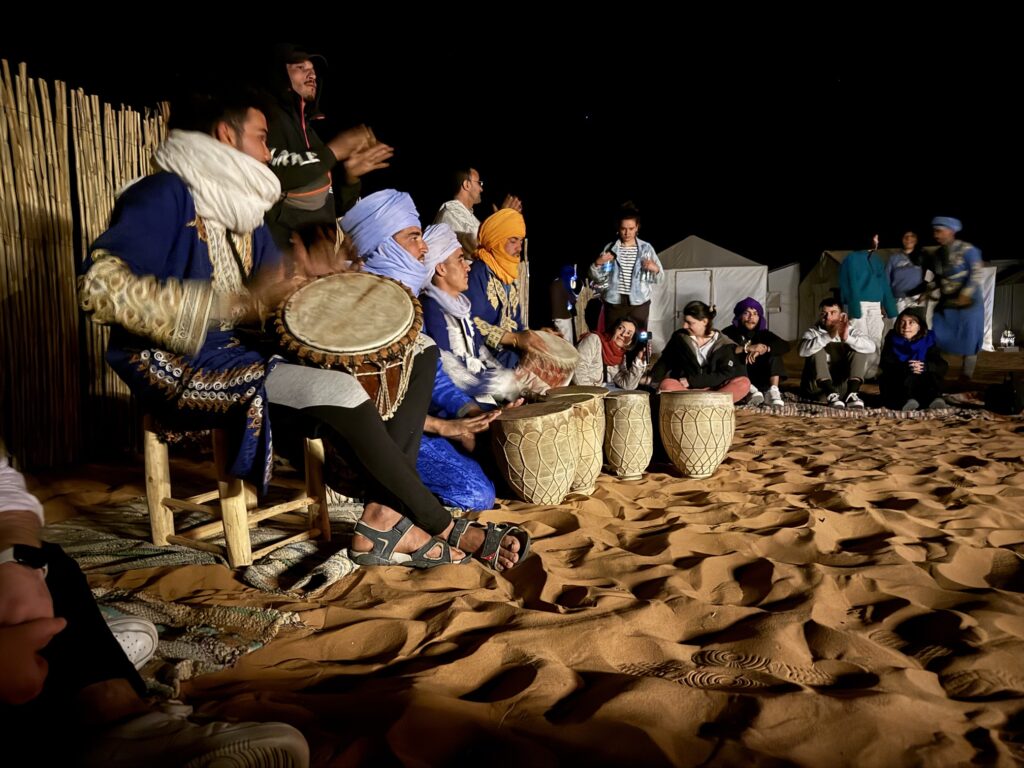
Moroccan Music: A Blend of Traditional and Modern Tunes
Music in Morocco is a lively reflection of the country’s rich culture. It mixes traditional styles with modern sounds. You can hear deep melodies from old instruments and new rhythms inspired by Western culture. Moroccan music appeals to many listeners.
The traditional tunes often reflect Morocco’s history and identity. At the same time, newer songs mix in global influences. Whether it’s grand performances at music festivals or moving stories in traditional songs, Morocco’s music offers a blend of rhythm and emotion for anyone who wants to listen.
Classical Music Forms in Morocco
Classical Moroccan music is rich in tradition. It has roots in Andalusian influences and Berber-Amazigh culture. One example is Malhun. It mixes poetic verses with haunting melodies sung in Arabic or Amazigh. This offers a nice look into Morocco’s past.
Traditional instruments like the oud, qanun, and darbuka drum give Moroccan classical music its unique sound. The group Nass El Ghiwane played a big role in making this music popular. They included cultural identity in their songs, focusing on social justice and resilience.
Moroccan traditional songs are loved for their emotion. They are closely linked to local rituals, weddings, and celebrations. These songs connect people to shared history and provide a beautiful blend of music and storytelling.
The Popularity of Modern Music Genres
Modern Moroccan music blends traditional influences with Western culture. Genres like raï and hip-hop are very popular now. They show how Moroccan artists are going into new areas of creativity.
Music festivals, like the Mawazine Festival in Rabat, highlight these modern sounds while respecting Morocco’s rich musical variety. More Moroccan artists are creating fusion music that connects old rhythms with younger audiences around the world.
This mix of music brings together tradition and innovation. It shows that Moroccan music is a living art form that changes over time. By combining the past and present, it ensures that Morocco’s unique sound continues to inspire future generations.
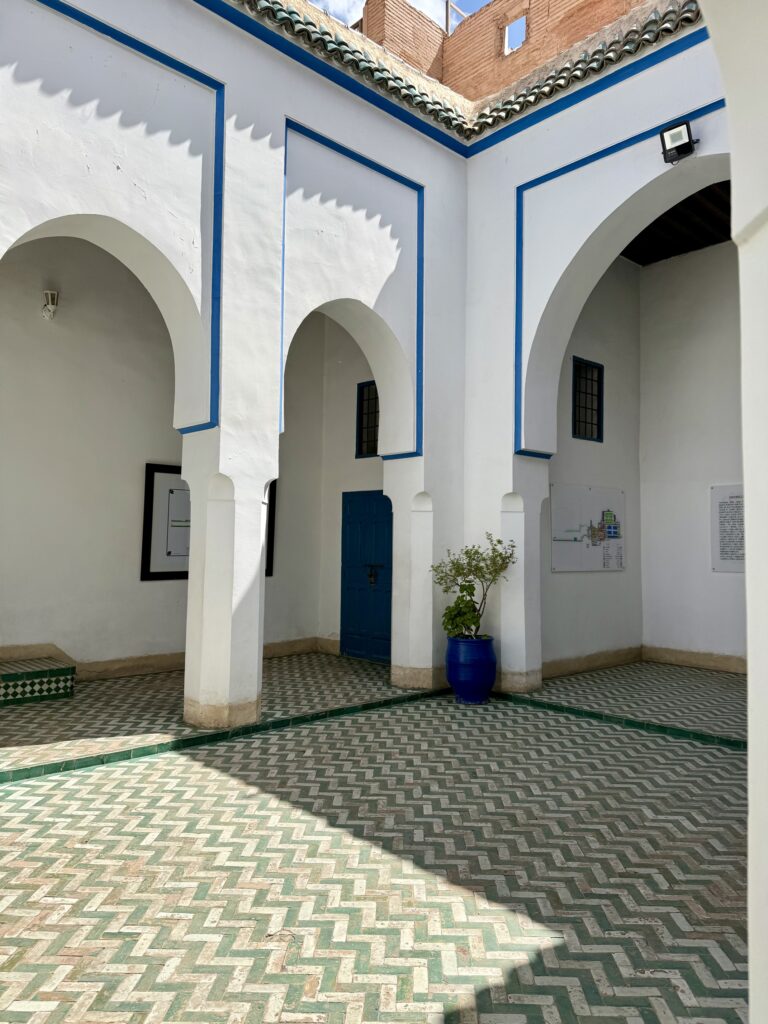
Visual Arts and Crafts in Morocco
The landscape of visual arts and crafts in Morocco is full of bright colors and different textures. Traditional art forms like beautiful tilework and pottery show the region’s rich cultural identity, which is shaped by Berber and Arab styles. Today, artists mix these old techniques with modern ideas. This creates a special connection between the past and present. Each item, whether it is woven fabrics or handmade jewelry, celebrates Moroccan heritage. It shows the talent and creativity of the people in Morocco.
Traditional Moroccan Art Forms
Traditional Moroccan art is famous for its detailed beauty. It shows the rich culture of the area. Carpets, ceramics, and zellige tile work combine Berber and Islamic styles. These artists use bright colors and geometric patterns. Their work tells stories of history and tradition. Music and dance are also important. Genres like Nass El Ghiwane connect generations and highlight community. These art forms are not just creative; they are important parts of Morocco’s heritage.
The Evolution of Contemporary Art in Morocco
Art in Morocco has changed a lot. It now blends old traditions with new ideas. Modern artists get inspiration from the rich Moroccan culture. They include local themes and practices in their work. This mix of global ideas with local styles shows a lively exchange in culture. It helps artists be innovative. You can see this change at places like the Marrakech International Film Festival and different galleries. These venues display a variety of art forms, from painting to multimedia installations. They each highlight the special identity of the Moroccan people.
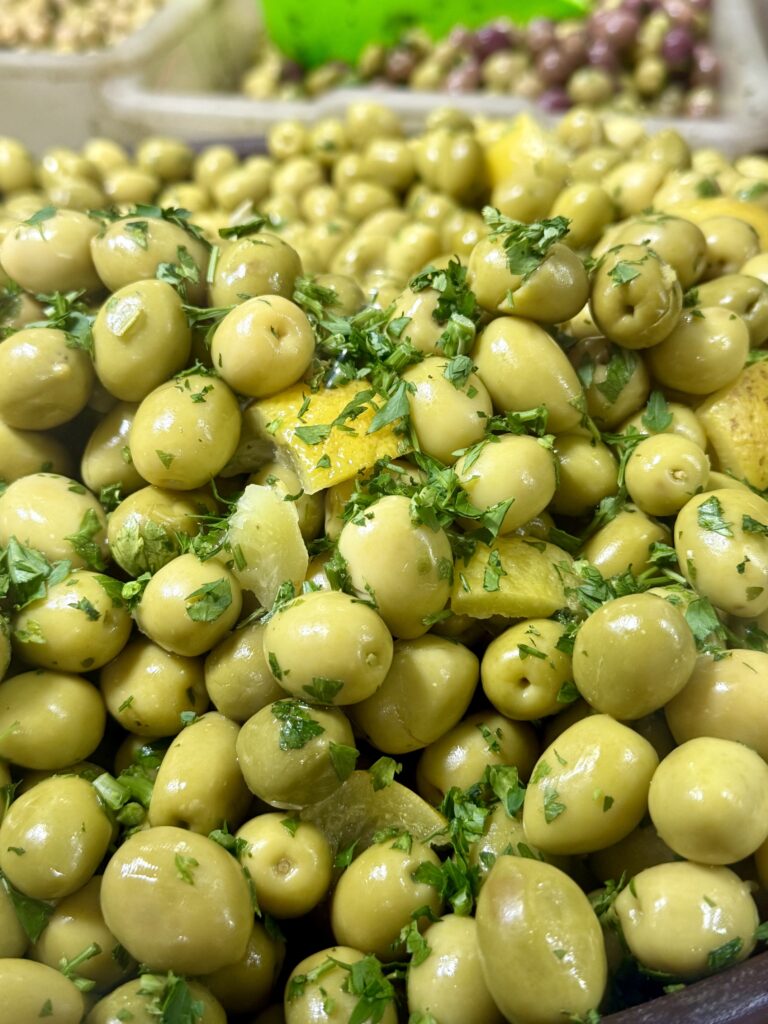
Moroccan Cuisine: A Flavorful Journey
The food of Morocco is a mix of different flavors. Traditional dishes show the country’s rich culture. Famous meals often use spices like saffron, cumin, and cinnamon. These spices make every bite smell and taste amazing. Each area, from the busy streets of Marrakech to the peaceful rural areas, has its own special ingredients and ways of cooking. This makes Moroccan cuisine a lively part of the Moroccan diet. During special occasions, food experiences become even more special. They connect both locals and visitors through shared tastes and traditions.
Signature Dishes and Ingredients
Moroccan cuisine is full of lively flavors and a mix of ingredients. It truly represents the country’s cultural identity. One popular dish is tagine, which is a slow-cooked stew. This dish shows how well spices like cumin, saffron, and cinnamon can come together. It often comes with couscous or lentils. Also, famous pastries made with honey and almonds show this region’s cooking traditions. The use of fresh herbs and vegetables reflects the countryside’s influence. Mint tea is another important part of Moroccan customs. It stands for hospitality and is a cherished tradition.
The Role of Spices in Moroccan Cooking
Spices are very important in Moroccan cooking. They can take regular ingredients and turn them into amazing dishes. The special mix of flavors, from spices like cumin, saffron, and cinnamon, shows the different influences from North Africa and other places. These fragrant spices add depth to the Moroccan diet and highlight cultural identity. They connect rich traditions to modern tastes. Spices are not just seasonings; they remind us of family gatherings and special occasions in Moroccan cities. They really bring more flavor to life.
Celebrating Moroccan Festivities
Festivals in Morocco are lively celebrations that show the country’s cultural identity. They blend old traditions with modern elements. Religious events, like Eid al-Fitr and Ashura, are very important. They reflect deep spiritual beliefs and strengthen community ties. Secular celebrations, such as the Marrakech International Film Festival, showcase the growth of art and link Moroccan cities like Fes and Rabat to the wider world. These festivals honor local saints and historical moments. They also highlight Morocco’s rich music, dance, and shared meals, making them special for everyone.
Key Religious Festivities
Morocco has many important religious celebrations that show its cultural identity. The celebrations of Eid al-Fitr and Eid al-Adha bring people together. These occasions often include shared meals with traditional Moroccan cuisine, prayers at local mosques, and helping those in need. Ramadan is also very special. During this time, Muslims fast and meet at night for music and spiritual reflection. These events connect families and friends. They strengthen relationships and highlight Morocco’s lively traditions and influences from both Africa and the Arab world.
Popular Secular Celebrations and Public Holidays
A lively mix of culture comes alive during popular secular celebrations in Morocco. These events show off the country’s rich heritage. Celebrations like Throne Day, which marks the king’s rise to power, and Labor Day bring communities together in happiness. Public holidays such as Independence Day stir national pride. Festivals like the Marrakech International Film Festival put Moroccan arts in the spotlight. These celebrations, filled with music, traditional foods like pastries, and community gatherings, show how tradition mixes with modern influences. They give both locals and visitors a special view of Moroccan culture.
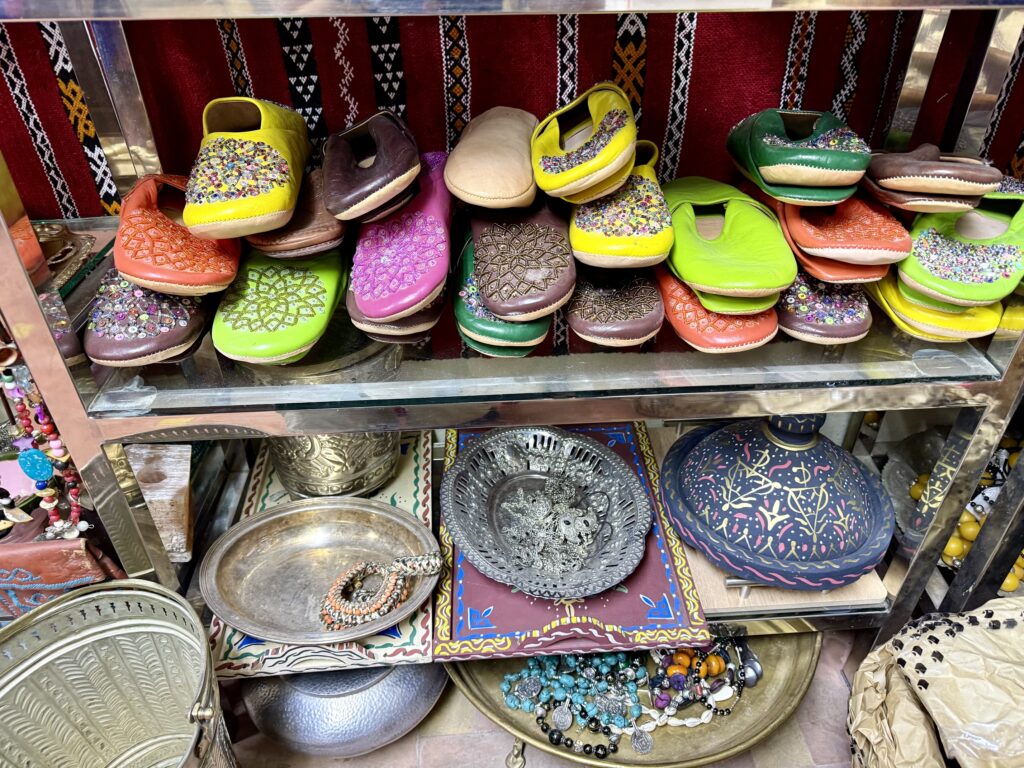
Moroccan Traditional Attire and Jewelry
Moroccan traditional clothing and jewelry show a vibrant cultural identity. Caftans have beautiful designs and rich fabrics. They are worn for special occasions and display the skill of local artisans. Jewelry is often made from silver and has precious stones. It represents heritage and family ties among Berbers. This blend of fashion shows Morocco’s diverse history and the impact of African, Arab, and European cultures. Such clothing is a lively celebration of the country’s artistic legacy.
The Significance of Caftans
Caftans are very important in Moroccan culture. They stand for tradition and elegance. People wear them during special occasions and cultural events. These beautiful garments show the skill of local artisans. The bright colors and detailed embroidery display the richness of Morocco’s heritage. They often feature designs and styles that have been shared for many years. Besides looking good, caftans also show cultural identity. They mix influences from Arab, Berber, and African styles, representing Morocco’s diverse history and art.
Berber Jewelry and its Cultural Importance
Berber jewelry is known for its detailed designs and bright colors. It showcases the rich culture of the Berber people from North Africa. Each piece has special meanings tied to important life events, like births, weddings, and religious celebrations. This art form is made using traditional methods that have been handed down for many years. It shows the strong link the Berbers have with their ancestors and their sense of identity. The use of materials like silver and gemstones is also common. These materials are thought to have protective qualities, adding deeper spiritual meaning to the jewelry.
Etiquette for Tourists in Morocco
Navigating social interactions in Morocco needs awareness of local customs. When you talk to someone, use eye contact and always greet with your right hand. This shows respect. Dress modestly, especially in rural areas, to honor their cultural values. During Ramadan, it is important to understand fasting; do not eat in public during the day. Tipping is common, especially for taxi drivers and service providers. It shows gratitude for their kindness. Being aware of these customs helps in creating a respectful relationship with the Moroccan people.
Basic Language Phrases
Mastering some basic phrases can really improve your experiences in Moroccan cities. Saying “Salam” (hello) or “Shukran” (thank you) helps you connect with local people. Knowing how to say “Bslama” (goodbye) and “La shukran” (no, thank you) can help you in social situations. Also, using phrases like “Bismillah” (in the name of God) shows respect and awareness of the culture. Using these words makes your journey more enjoyable and meaningful in this lively area.
How to Dress in Morocco
Dressing right in Morocco is important to show respect for the local culture and to improve your trip. Wear lightweight and loose-fitting clothes. This helps protect you from the sun and keeps you comfortable in the warm weather. Choose long sleeves and trousers, especially in rural areas or when you visit mosques. Bright colors and traditional clothing can also help you connect with the culture. Remember to bring a scarf or shawl. It can help you follow eye contact etiquette in different social situations.
Public Displays of Affection
Navigating personal interactions in Morocco can be tricky. Public displays of affection are often seen as not suitable, especially for couples. This is because of the country’s strong traditional values and Islamic principles. It is a good idea to keep some distance, especially in rural areas where customs are strongly followed. Watching how locals interact can help you understand what behaviors are accepted. This way, travelers can fit in better with Moroccan society and show respect for its rich cultural identity. Doing this can lead to better connections and a more enjoyable travel experience.
Visiting During Ramadan
Experiencing Morocco during Ramadan gives you a special look at its culture and spirit. The mood changes as local people gather to break their fast with Iftar. They often share traditional dishes like harira and dates. It is important to show respect for those who are fasting. Locals will value your consideration. Joining in evening activities can show you the lively side of Moroccan life during this holy month. Traditional music and festivals light up the nights and create a memorable experience for travelers.
Tipping Etiquette in Morocco
In Moroccan culture, tips are very important. They show gratitude for services. In restaurants, it’s common to leave about 10% of the bill. Taxi drivers like to get small tips as well. If you have porters at your hotel, giving them a few dirhams is usually enough. At hotels, rounding up the bill is seen as a nice deed. Following these customs helps you connect with Moroccan people and improves your experience.
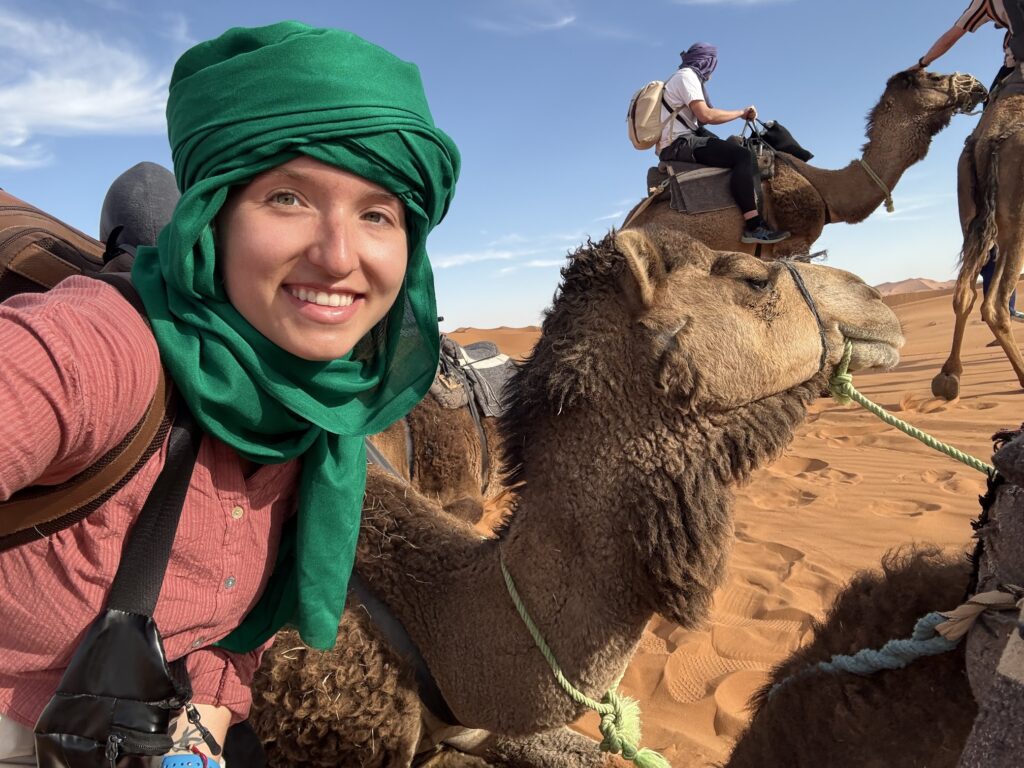
Conclusion
Exploring Moroccan traditions reveals a lively culture with many influences. The detailed artwork in visual crafts and the delicious flavors in Moroccan cuisine highlight the identity and history of its people. The friendly hospitality during celebrations and the strong respect for tradition truly capture what Morocco is about. Embracing these customs makes travel more enjoyable and helps you appreciate the country’s special character and lasting legacy.
Planning a visit to Morocco? Check out my complete travel guide!
Frequently Asked Questions
How do Traditional Moroccan Festivals Influence Local Life?
Traditional Moroccan festivals are very important to local life. They help bring people together and keep cultural traditions alive. These celebrations include music, dance, and traditional crafts. They not only strengthen community connections but also create chances for economic growth through tourism and local businesses. Festivals are key to everyday Moroccan culture.
What Are the Unspoken Rules in Morocco?
Understanding the unspoken rules in Morocco can help show cultural respect. Key points include dressing modestly, using polite greetings, and not showing affection in public. It’s important to be aware of local customs during Ramadan. Respecting personal space also matters for a good experience.
Planning a Visit to Morocco? View More Guides Below:
Cultural Experiences in Morocco
Recent Posts
Related Posts
Best Places to Visit in Canada: Top 10 for Travelers
Best Places to Visit in Canada- Key Highlights Introduction Canada is the second-largest country in the world….
Galerie Marzouk Marrakech: Art, Gifts, and Home Decor
Galerie Marzouk Marrakech- Key Highlights Transitioning from the highlights, let’s learn more about Galerie Marzouk’s offerings and…
Best Cafes in Marrakech: Top 10 for Coffee Lovers
Best Cafes in Marrakech- Key Highlights Now let’s explore the best cafes that make Marrakech a haven…

